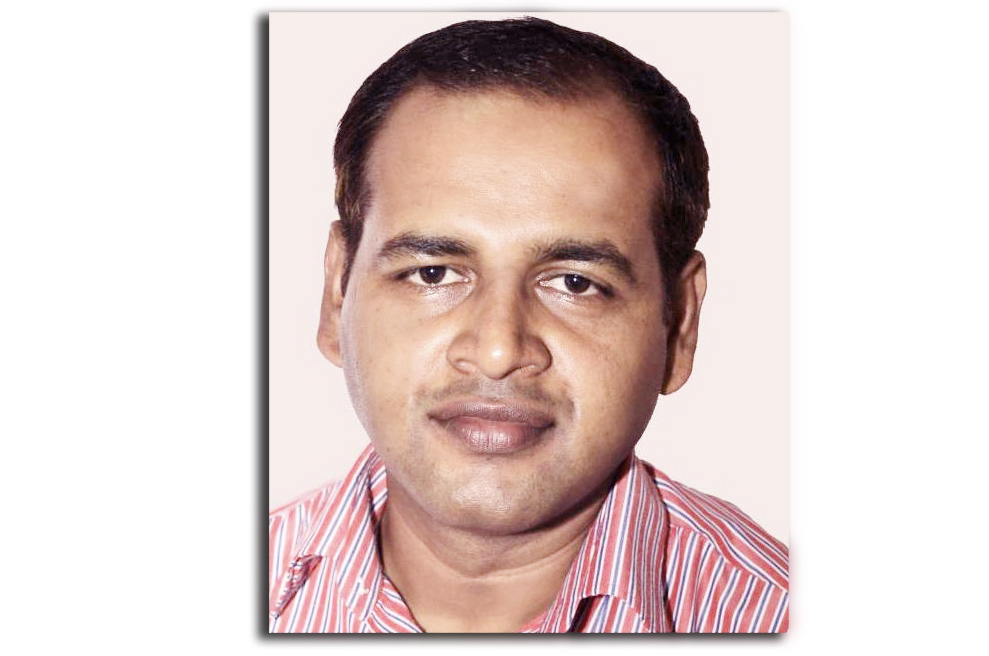By Gopal Khanal (KATHMANDU, 13 August 2020) – At a time when Nepal was desperately waiting for India’s nod for dialogue on the border imbroglio, India’s External Affairs Minister S. Jaishankar on 10 August delivered controversial statement about Gautam Buddha. ‘Who are the greatest Indians ever that you can remember. I would say, one is Gautam Buddha, and the other is Mahatma Gandhi.” he said while addressing a webinar organised by the Confederation of Indian Industry as part of its ”India@75 Summit”.
Erroneous claim
His erroneous claim undoubtedly agitated Nepal government and people since it was indisputable that Buddha was born in Lumbini located in Nepal. Leaders from the ruling Nepal Communist Party (NCP) and the opposition Nepali Congress expressed objections to Jaishankar’s statement. Nepal’s Ministry of Foreign Affairs on 11 August officially protested his remark and said, ”It is a well-established and undeniable fact proven by historical and archaeological evidences that Gautam Buddha was born in Lumbini”.
The same day of Nepal’s objection, India’s Ministry of External Affairs’ spokesperson, Anurag Srivastav, corrected his Minister’s version and said, ”There is no doubt that Gautam Buddha was born in Lumbini, which is in Nepal’. Jaishankar’s testimony was against his Prime Minister Narendra Modi’s recognition, who in 2014, told Nepal’s parliament that Nepal is the country where the apostle of peace in the world, Buddha, was born’.
The claims and counter-claims between the two nations started with the introduction of political map by India in November last year. It had illegally included Nepal’s territories in the far-western region in its new map. Now the bilateral dispute is raging over the birthplace of Lord Ram and a world symbol of humanity and peace Gautam Buddha. It is strange phenomenon that the two countries, which share open, porous border and close cultural affinities, are butting heads over spiritual and religious icons.
Serious misunderstandings have appeared in Nepal-India relations on diverse issues since the establishment of formal relations but these have been solved diplomatically. KP Sharma Oli, as a Prime Minister of a sovereign and independent nation, represented Nepali sentiments, as he stood up to the 2015 Indian blockade.
PM Oli visited India after the blockade was lifted, and signed key agreements with the southern neighbour in the interest of Nepal and Nepalis. One deal was on using Visakhapatnam port of India for the trans-shipment facility for Nepal-bound cargo. It was Oli’s far-sighted foreign policy aimed at safeguarding national interest even at the lowest point of bilateral relations.
The blockade was a bitter experience for Nepali people and political leaders but it did not affect the age-old bilateral relations. There have been exchanges of high level visits. Prime Minister Modi visited Nepal four times in his five-year tenure.
But India unilaterally issued a new political map depicting the changed status of J&K and Ladakh incorporating Nepali territory Limpiyadhura, Lipulek and Kalapani.
Nepal handed over diplomatic note to India’s ambassador to Nepal requesting foreign secretary level talks on the outstanding border issues. India turned down it and Nepal logically issued her updated map including these territories. Nepal has enough evidences for her claim, but India doesn’t.
As a leader of South Asia and rising power of Asia and the largest liberal democracy, India has to discharge dual role simultaneously – as a good neighbour and a global strategic partner. The neighbouring countries, including Nepal, are respecting India as reliable friend and development partner. China and the global powers such as the USA, Russia, and EU are dealing as their partners not just for mutual support but for the strategic alliances.
On global front Indian PM Modi has been doing well making strategic partnership with the global powers but in neighbouring countries, he needs to change the relation of non-reciprocity to restore normalcy. The two countries have been closely monitoring each other and responding to the issues attached to their relations. Prime Minister Oli’s claim on Ayodhya and Ram and Jaishankar’s claim on Buddha were the irritants at the surface but resumed the process of dialogue.
Generous support
India has been supporting Nepal to fight the COVID-19 pandemic with health materials, including PCR and ventilators. India’s ambassador to Nepal Vinay Mohan Kwatra on 9 August handed over 10 ventilators to Nepali Army. India on 22 April had sent 23 tons of essential medicines to Nepal. Prime Minister Oli had thanked his Indian counterpart Modi for this generous support. Such initiatives manifest the continuing cooperation between India and Nepal in all circumstances.
India and China have been holding dialogue even after the violent face-off in Galwan Valley along the LAC. India’s national security advisor Ajit Doval and China’s State Councillor and Foreign Minister Wang Yi are in the special assignment to resolve the outstanding boundary issues.
Nepal and India should reactivate the bilateral mechanism and start the process of negotiation. Rising cases of COVID-19 is a challenge for face to face meeting but political communication can be resumed immediately. Prime Minister Oli and his Indian counterpart Modi should initiate the process, as they have been doing it even at the most adverse time.
This article first appeared in The Rising Nepal


